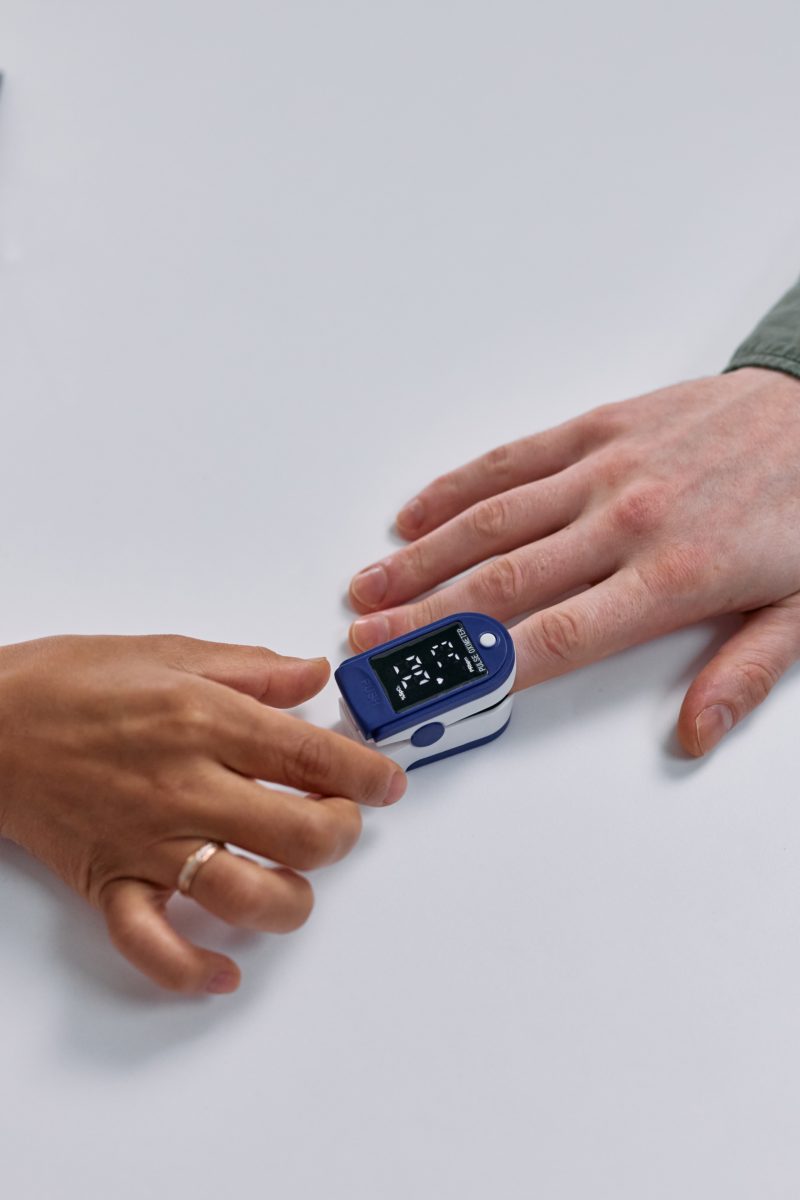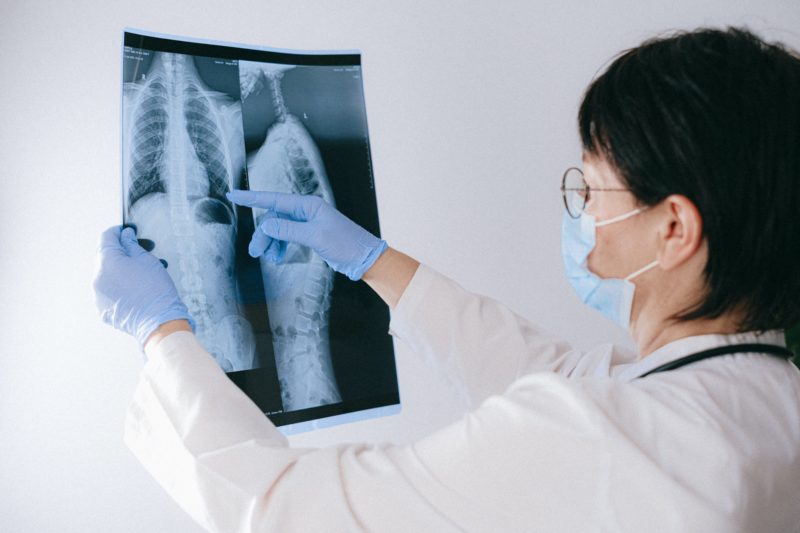Article provided by Alive Publishing Group. You can find more great articles anytime on alive Connect, or grab a copy of the latest printed issue of alive Magazine next time you’re in Good Foods Co-op. It’s free!
You may associate calcium with your daily glass of milk or serving of yogurt to help support strong bones. However, there’s much more to this important mineral than eating your dairy and maintaining healthy bones.

1. Calcium keeps your heart ticking on time
Calcium assists in muscle contraction throughout your body, including your most important muscle: your heart. For this reason, calcium is critical to maintaining a normal heartbeat. The nutrient’s work in your body doesn’t stop there, though. Calcium also plays a role in releasing needed hormones and enzymes, helping your brain communicate with the rest of your body through the nervous system, and ensuring your blood clots properly.
2. Almost all of your body’s calcium is found in your bones and teeth
Calcium is the most abundant mineral in the human body. Average adult humans have between 1,000 and 1,200 g of calcium throughout their bodies—that’s over 2 lb (1 kg). About 99 percent of the calcium in your body is found in your bones and teeth, while the remaining 1 percent is found throughout your blood, muscles, and cell fluids.
3. Bones are like a calcium bank for your body

When needed for metabolic functions, your body will withdraw calcium from your bones, and deposit it back at another time when there’s enough to spare. However, your body can’t make its own calcium. To ensure there is enough to be deposited back to your bones, you need to get calcium through either food or supplements. Prolonged low calcium intake can therefore translate to reduced bone mass, higher fracture rates, and increased risk of osteoporosis.
4. Vitamin D is calcium’s BFF
Calcium has become known as the bone protector, but it doesn’t do it alone. Vitamin D is also a vital nutrient for bone health. Your body needs vitamin D in order to absorb and utilize calcium. In addition to benefiting bone health, this dynamic duo has been shown to work better together in protecting gum and dental health, lowering the risk of type 2 diabetes, and reducing mortality in the elderly.
5. Your gut and bones have a calcium connection

Research has shown that calcium can be helpful to your gut, acting as a prebiotic to support the health of gut microbiota. Since calcium is absorbed in your gut, it makes sense that healthier gut flora has been linked to better calcium absorption, resulting in increased bone density.
6. Recommended calcium intake changes with your age
Adults under 50 are recommended to get 1,000 mg of calcium each day, while adults over 50 should aim for about 1,200 mg per day. If you think you’re not getting enough, talk to your health care practitioner about ways to increase your calcium intake. Supplementation can be a convenient option.
7. Not enough calcium can make your fingers tingle

A low level of calcium in the blood is known as hypocalcemia. While mild cases typically do not cause obvious short-term symptoms, serious cases can cause tingling or numbness in fingers, muscles cramps, spasms, abnormal heart rates, and low energy. Such cases are almost always caused by serious health problems or certain medical treatments, rather than a slight calcium deficiency in the diet of an otherwise healthy person.
8. Too much calcium can stop you up
Higher than normal levels of calcium in the body is known as hypercalcemia. Mild cases may not result in any symptoms, but more severe cases can cause constipation, vomiting, weakened bones, kidney stones, and interference with heart and brain function. Hypercalcemia can be caused by taking too many calcium and vitamin D supplements, as well as certain diseases, medications, or dehydration.
9. Calcium can be particularly helpful to women

Research has shown that getting enough calcium—in combination with vitamin D—can help reduce and even eliminate symptoms associated with premenstrual syndrome (PMS), such as changes in mood and appetite. Sufficient calcium and vitamin D intake has also been associated with a lower risk of early menopause and less bone mineral density loss after menopause.
10. You don’t need dairy for a calcium-rich diet
Non-dairy sources of calcium include leafy greens, such as broccoli, bok choy, and kale, as well as fish with soft edible bones, like canned sardines and salmon. Calcium can also be found in fortified foods, including non-dairy milk, orange juice, cereals, and soy products.
